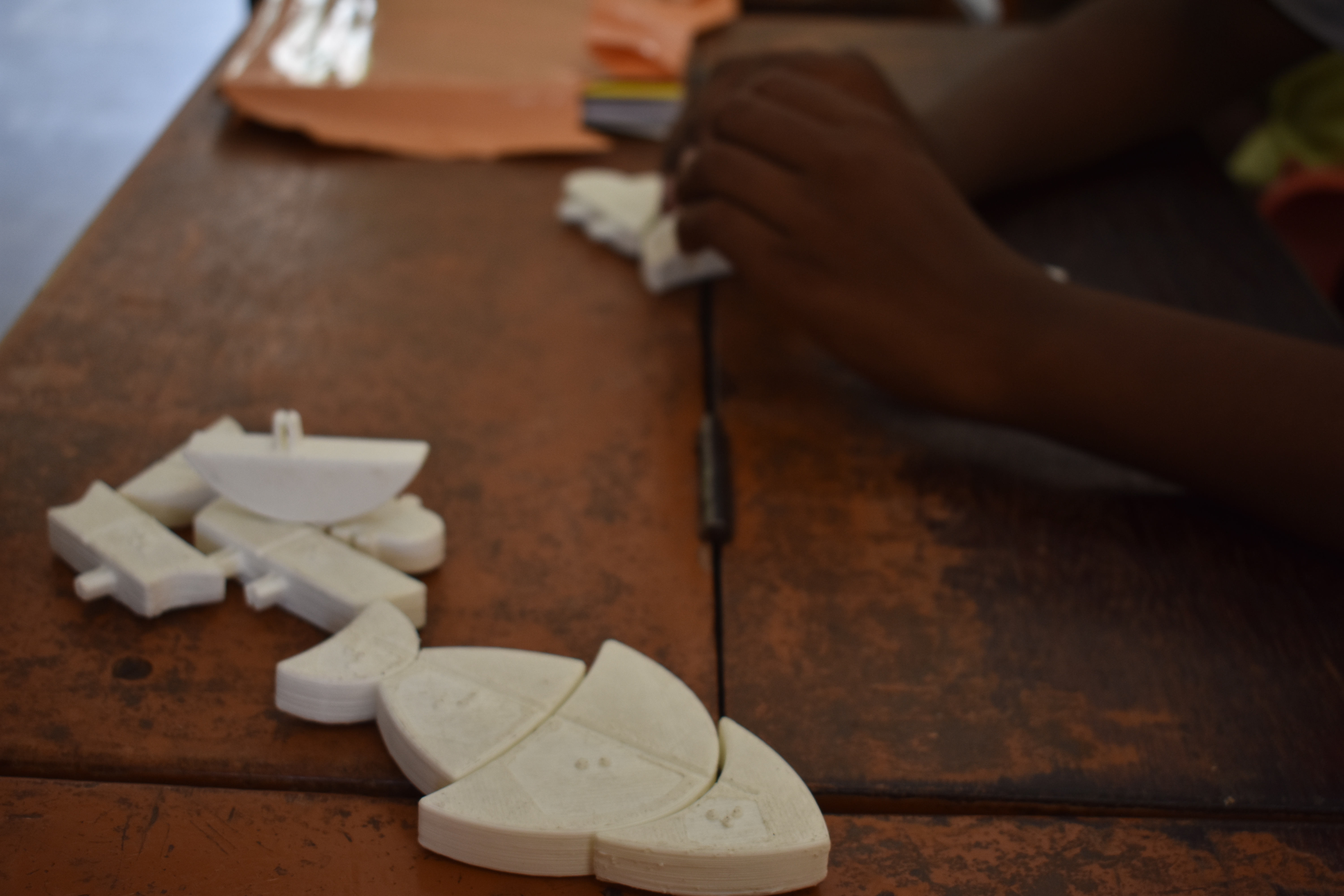36 years ago a group of students aimed to make the campus an ideal democracy, with rules of its own, like a country within a country. The result of their hardwork was the first Students’ Constitution of IIT Madras.
Over the span of 36 years, the Constitution faced three Revisions (one by the Senate, one in 1997 and the last in 2011), and countless amendments in SAC. However, it soon fell into neglect, with the administration’s indifference and the general student body’s(GSB) obliviousness to its existence.
Moreover, the Constitution was ideal for the small general student body IIT Madras, which has since then evolved into an 8000 strong body of students, a pocket of civilization tucked away in the middle of a forest.
Due to this, and many other pressing reasons(put forth splendidly in this article by Venkatraman Ganesh),the decision was made to re-draft the Students’ Constitution of IIT Madras.
A committee was formed to undertake this monumental task, and with the combined efforts of eleven GSB members, four professors, and the DoSt, the first draft of the new Students’ Constitution was completed, of the students, by the students and for the students.
Initially, the constitution was a mere rulebook of sorts, but now the 63 page document is a more complete document, a set of established precedents for the governance of the institute.
While the entire constitution has not yet been reviewed by the SAC, certain critical portions were passed last year. The chapters detailing the Legislature, Hostels and Departments were passed, with all of them having heavy implications on the constitution and function of the Students’ Affairs Council(now Students’ Legislative Council).
The separation of power of the legislative and the executive is one of the vital points passed, enabling the shift of legislative powers from the General Secretaries and Branch Councillors. This was due to a complete absence of legislative action in SAC, since most of the councillors had applied for the position of the executive(General Secretary & Branch Councillors) and not for the legislative. As a result, SAC was devoid of any actual policy drafting and legislation, apart from the occasional committee formed.
By creating a separate position for legislators, it can be ensured that only interested candidates apply, and that their position requires them to be an active part of committees.
However, this proposal was met with mixed responses, with a section of the councillors doubting the need for such a separation. It was, however, passed in both the SAC and BoS meetings, and became a part of the constitution that would govern us for the academic year.
This change was also accompanied by the change of the title from Students’ Affairs Council to Students’ Legislative Council in an attempt to rebrand and publicize the Students’ parliament. The legislators are also required to be a part of a standing committee which would function through the year, and many other ad-hoc committees, all of which would discuss and draft policies concerning the student body.
The Department Council, according to the new constitution, would consist of Class Councillors(Class reps), two department legislators(research and department), and two councillors(Research and Branch).
The duty of the Branch Councillors, which previously included managing placements and internships, was challenged by then Academic Affairs Secretary, who proposed that there be a separate Placement Core. A clause was then put in place such that the Branch Councillor can appoint a person as Placement Core, in consultation with the Academic Affairs Secretary, after due approval from the DSB. However, most councillors have opted not to appoint a separate entity as the Core.
Another major chapter in the constitution is the one detailing the Judiciary. This, however, has been met with a lot of skepticism from the legislators as well as the GSB. The intention was to, in time, set up a Student’s Court that would interpret and uphold the Students’ Constitution, as well as settle any disputes over it. Apart from this, it would also help settle disputes between students, students and organizations, between organizations, and between students and faculty members.The GSB members will also have a right to file PILs(Public Interest Litigations) in matters concerning the institute. The Court would also serve as an election commission during the time of the Student elections. The sanctions that can be imposed by the Students’ Court include compensation, fines, disciplinary warning, suspension from a particular event or warning. While the Student Court hasn’t been approved either by the SLC, or the BoS, it will certainly stand to be one of the most ambitious points in this constitution.
What attracts most attention, however is the Students’ Rights and Responsibilities chapter. While the earlier constitution was devoid of any such chapter, this constitution has, for the sake of clarity, as well as completeness, elucidated all the rights and responsibilities of students studying in the institute. More detailed information on the drafting of the constitution can be found here.


